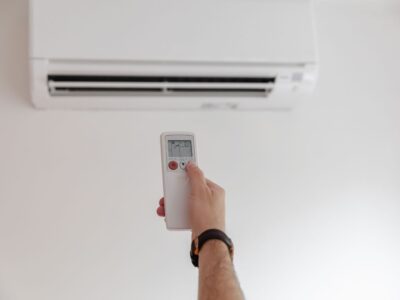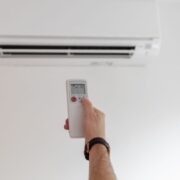Chimneys have come a long way since their humble origins as smokestacks. Once primarily used to vent smoke and gases from residential and industrial spaces, chimneys have evolved into essential components of energy-efficient and sustainable buildings. In this blog, we will explore the fascinating journey of chimney repairs and remodeling, tracing their evolution from simple smokestacks to the forefront of energy efficiency and environmental consciousness.
The Age of Smokestacks
In the early days, chimneys were primarily designed to address the issue of smoke and fumes generated by open fires. Smokestacks emerged as towering structures in factories and industrial settings, effectively channeling pollutants away from workspaces and surrounding areas. The Industrial Revolution marked a significant turning point for chimneys, as they became vital for regulating air quality and reducing health hazards caused by industrial activities.
Chimneys and the Rise of Energy Efficiency
Chimneys became more energy-efficient over the years:
Improved Design and Draft
As architectural knowledge advanced, so did chimney rebuilding and design. Introducing flues, dampers, and improved ventilation systems allowed for better airflow control, resulting in improved combustion and heat distribution. These developments contributed to increased energy efficiency by ensuring that more heat was utilized rather than wasted.
Passive Solar Design
Chimneys also played a crucial role in implementing passive solar design principles. Architects could harness natural heat gain and ventilation by strategically positioning chimneys within buildings. Solar chimneys, for instance, facilitated passive cooling by drawing in cool air and expelling the hot air, reducing the need for artificial cooling systems.

The Advent of Sustainable Chimneys
In recent years, chimneys have undergone a paradigm shift towards sustainability and environmental consciousness. Here are some notable advancements:
Renewable Energy Integration
Chimneys have embraced the integration of renewable energy technologies. Solar thermal panels are often integrated into chimney structures, harnessing solar energy to heat water or provide supplementary energy for heating systems. These hybrid chimneys combine traditional functionality with sustainable practices, reducing reliance on fossil fuels.
Energy Recovery Systems
Modern chimney repairs now incorporate energy recovery systems, which capture waste heat from flue gases and repurpose it for heating or other energy needs. Heat exchangers within chimneys extract and transfer the residual energy, improving overall energy efficiency and reducing energy wastage.
Emission Control and Air Purification
Chimneys have become instrumental in emission control and air purification. Advanced filtration systems and electrostatic precipitators are integrated into chimney designs to capture and remove particulate matter and harmful pollutants. These measures contribute to improved air quality, reducing the environmental impact of combustion processes.
Sustainable Materials and Insulation
Chimney construction has also shifted towards sustainable materials and insulation techniques. The use of eco-friendly materials, such as recycled bricks or sustainable composites, minimizes environmental impact. Additionally, improved insulation prevents heat loss and improves the overall energy efficiency of chimneys.

Beyond Functionality: Aesthetic Integration
Modern chimney rebuilding and remodeling practices have not overlooked the importance of aesthetic integration. Architects and designers have embraced the concept of blending functionality with visual appeal. Chimney designs now feature sleek lines, contemporary finishes, and innovative shapes that complement the overall architectural style of buildings. By seamlessly integrating chimneys into the design process, they become more than mere functional elements—they become visually captivating features that enhance the building’s aesthetic.
One such area of exploration is the integration of smart technologies. Chimneys can be equipped with sensors and automation systems that monitor and optimize their performance. These intelligent systems can adjust airflow, fuel combustion, and energy consumption based on real-time data, maximizing efficiency and minimizing environmental impact. Additionally, smart chimneys can be remotely controlled and monitored, giving homeowners and facility managers valuable insights into energy usage and emissions.
Thermal Efficiency
Furthermore, research is being conducted on advanced materials and construction techniques to improve the thermal efficiency of chimneys. Insulation materials with high thermal resistance are being developed to minimize heat loss during the venting process. By reducing energy waste, these innovations contribute to energy conservation and cost savings.

From their origins as smokestacks to their current role as proponents of energy efficiency and sustainability, chimneys have undergone a remarkable transformation through chimney repairs and chimney rebuilding. The evolution of chimney design and technology reflects society’s growing awareness of the need for cleaner and more efficient energy solutions.
So, if you’re based in Cromwell, Southington, or Cheshire, get in touch with chimney repair experts at Creative Masonry and Chimney. They can do everything from chimney sweep New Britain CT and chimney cleaning to chimney remodelling and chimney rebuilding Southington CT.













Comments